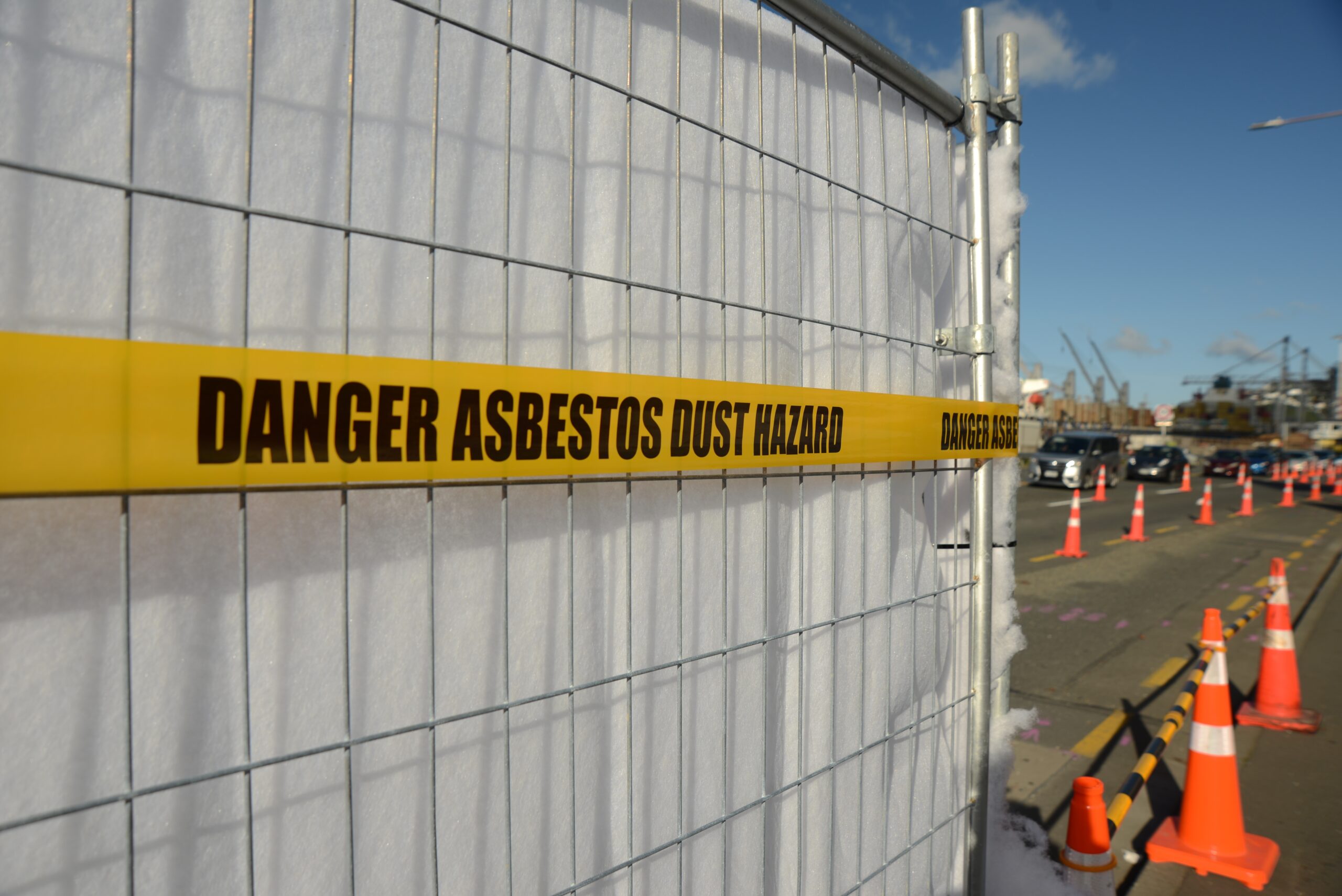
Introduction
The global movement to phase out chrysotile asbestos is reshaping industries, regulatory frameworks, and workplace safety standards. While many countries are enacting strict bans, others are introducing transitional compliance periods. For businesses that have historically used chrysotile asbestos in construction, manufacturing, or maintenance, understanding compliance obligations during this phase-out period is essential.
In this blog, we’ll explore the key steps to staying compliant, reducing liability, and protecting both workers and the communities they serve.
Why Chrysotile Asbestos is Being Phased Out
Chrysotile asbestos, the most commonly used form of asbestos, has long been linked to asbestos-related diseases such as mesothelioma, lung cancer, and asbestosis. Regulatory bodies—including the World Health Organization (WHO) and International Labour Organization (ILO)—have urged its elimination due to severe health risks.
By staying informed and proactive, organizations can avoid costly penalties while supporting public health initiatives.
Step 1: Understand National and Local Regulations
Regulations vary by country and region. Some jurisdictions already enforce total bans on asbestos, while others are gradually phasing it out with limited-use exemptions.
To remain compliant:
- Track updates from your country’s environmental and occupational health agencies.
- Identify deadlines for complete elimination of chrysotile asbestos use.
- Clarify exemptions, such as in critical infrastructure or legacy building materials.
Step 2: Conduct an Asbestos Inventory & Risk Assessment
During the transition period, companies should perform a thorough asbestos inventory of facilities and products. This process includes:
- Identifying asbestos-containing materials (ACMs) in buildings, machinery, and products.
- Assessing condition and risk levels of existing ACMs.
- Documenting findings for regulators, insurers, and stakeholders.
Proactive assessments not only ensure compliance but also protect workers and reduce long-term removal costs.
Step 3: Develop a Chrysotile Asbestos Management Plan
A written asbestos management plan is often required by law during the phase-out. This plan should outline:
- Safe handling and storage procedures
- Worker training programs on asbestos awareness
- Clear labeling and signage in asbestos-affected areas
- Emergency response protocols in case of fiber release
Step 4: Transition to Safer Alternatives
Staying compliant isn’t just about removal—it’s also about replacement. Companies must transition to asbestos-free alternatives, such as:
- Cellulose fibers
- Polyvinyl alcohol (PVA) fibers
- Aramid fibers
- Safer insulation and fireproofing materials
Step 5: Partner with Certified Professionals
Compliance requires expertise. Hiring licensed asbestos abatement contractors ensures:
- Proper removal and disposal of chrysotile asbestos
- Full adherence to OSHA, EPA, or local environmental standards
- Reduced legal and reputational risks
Step 6: Train and Protect Your Workforce
Employee safety remains a cornerstone of compliance. Provide workers with:
- Personal Protective Equipment (PPE) such as respirators and coveralls
- Ongoing asbestos awareness training
- Access to health surveillance programs for early detection of asbestos-related conditions
Step 7: Maintain Documentation and Reporting
Regulators often require proof of compliance during audits. Keep detailed records of:
- Asbestos surveys and inventories
- Removal and disposal certificates
- Employee training logs
- Updated asbestos management policies
This documentation not only demonstrates compliance but also builds trust with clients and regulators.
Conclusion
Staying compliant during the chrysotile asbestos phase-out period requires a multi-step approach: monitoring regulations, conducting inventories, developing management plans, hiring certified professionals, and transitioning to safe alternatives.
By being proactive, your business will not only avoid penalties but also contribute to global health and safety goals. Contact us today for a professional air quality consultation.
Stay on top of industry news and standards by checking out our blogs!


